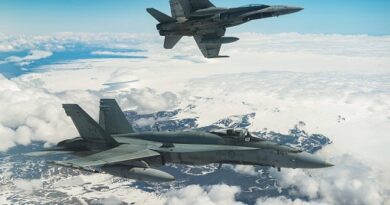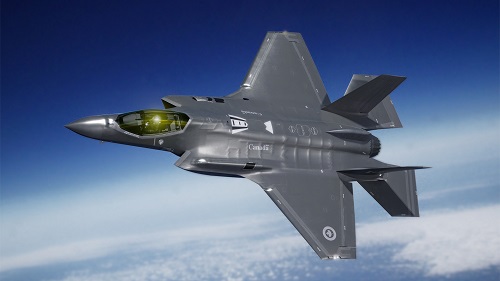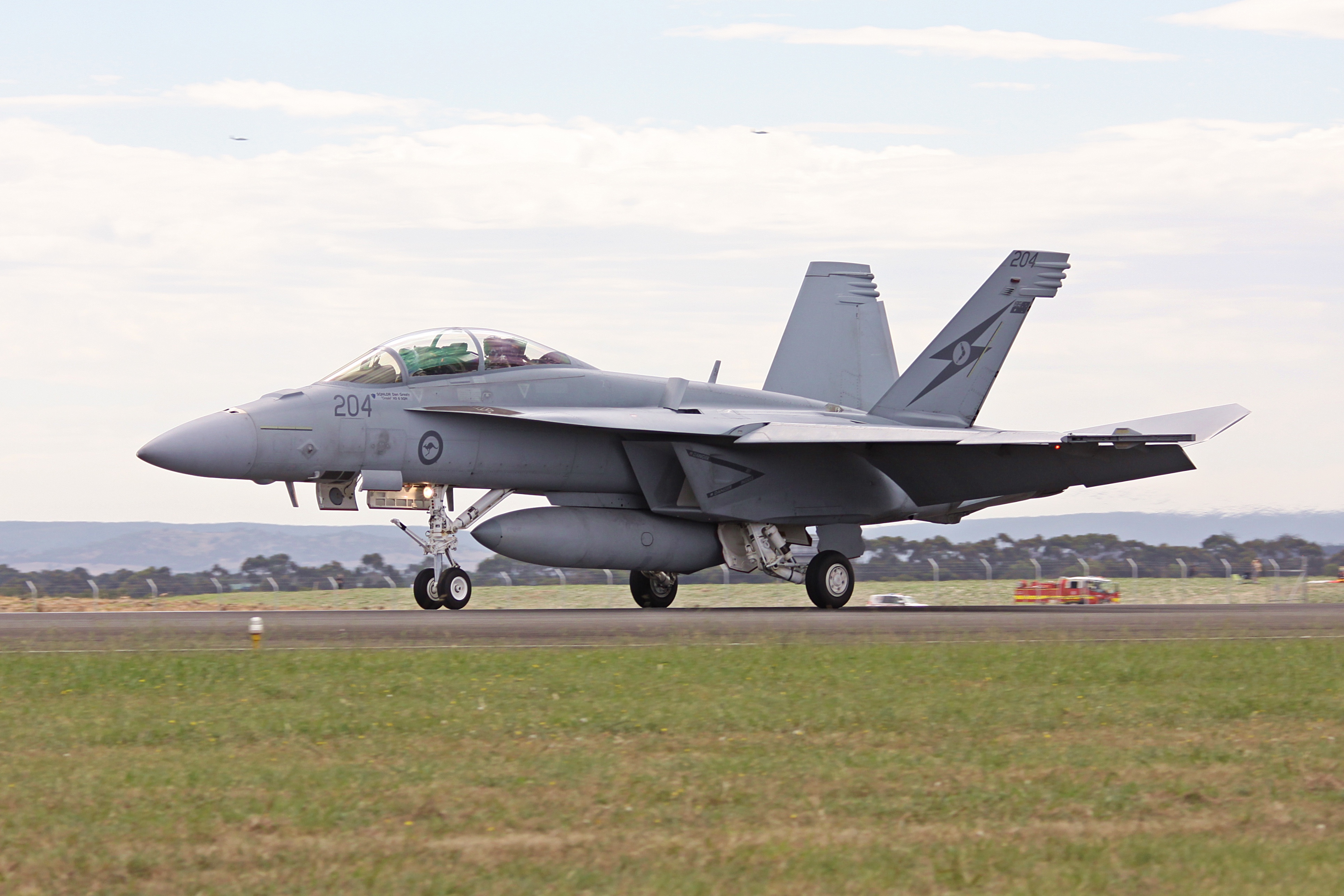The Royal Canadian Air Force Second Century of Operation – The Change to an Expeditionary Air Force – A Concept
by Murray Lee
Background
Since the formation of the Royal Canadian Air Force (RCAF) one hundred years ago on 1 April , 1924, the structure and operation of the RCAF had remained fairly constant. Air force squadrons and wings were and are based at fixed installations and divided into ‘communities.’ By this we mean there are fighter, transport, maritime and helicopter communities as well as training units, search and rescue squadrons and air maintenance squadrons, all of which are based on these fixed wings or bases with the necessary maintenance and logical support required to keep them operational.
The communities support each other but seldom operate as a fighting entity. Focus has generally been on domestic operations (NORAD, training and search and rescue) and, since the Second World War, support to NATO (including Afghanistan) and the United Nations have all been carried out in the same manner but from locations outside Canada. There have been exceptions, notably airlift support to the Korean War using Japanese bases, annual exercises in the Pacific (Exercise RIMPAC) supported from bases in the US and Hawaii, and as well the First Gulf War basing of fighter and support assets in the Horn of Africa. The maritime community has deployed to the Far East and in the Mediterranean, providing surveillance but normally only with a single aircraft.
Never have the communities integrated into packages to support operations. Times have changed; the world has changed dramatically and in the future it will be essential for the RCAF to re-group, re-equip and train to fight in expeditionary packages to support major air operations should conflict arise. The introduction of deployable Air Expeditionary Wings (AEW) are the way to success in future conflict.
Discussion
For the past half century, the focus of the RCAF has been on NATO operations, support to the UN, NORAD and disaster relief when called upon, but it has yet to be tested in high intensity war. Traditionally, we have seldom looked at the Indo-Pacific region as a focal point for a future confrontation but we must now determine how we would support operations in this and other arenas should the need arise.
Future planning and re-structure would see the introduction of at least two AEW. They would be allocated to an AEW HQ and contain the necessary resources to deploy on short notice for operating with all the necessary resources to fulfill the assigned mission. Consideration should be given to having a balanced wing, to include:
- deployable command and control headquarters;
- fighter aircraft configured for air-to-air and air-to-ground operations;
- maritime assets for surveillance and anti-submarine operations;
- an air maintenance squadron to support the types of deployed aircraft involved;
- an airfield engineering squadron;
- an air control element, including air transportable radars;
- logistical resupply including helicopter airlift, and
- necessary resources to operate from a ‘bare base’ location.
Once the make-up of the wing(s) has been determined by RCAF planners, assigned ‘packages would be formed and train to operate outside Canada. A major exercise containing these elements would deploy annually to a ‘bare base’, say a northern airfield, and operate as an AEW. Modifications would be made to the make-up of the wing based on lessons learned during these practice deployments.
This is the concept. Deploy the AEW with the necessary resources to an area of operations, be it Europe or the Indo-Pacific, and prepare to operate as a complete air package to support the assigned tasks. We believe the only other country to operate these AEW are the United States, and valuable lessons could be learned from their experiences and incorporated into future RCAF doctrine. Operating locations of our assets should be arranged in peacetime and the necessary agreements put into place.
Conclusion
The proposal to re-structure the RCAF and form AEW should be considered by RCAF planners for future operations if we are to be an effective air force. The P-8 aircraft operating in the Pacific for example will need top cover provided by the F-35. The E-7 Wedgetail, should it be purchased, will be needed to direct fighter and drone operations and also be protected by fighters. It is recommended that this proposal and the ideas presented be examined by our air staffs for consideration and evaluated for the suitability to meet the needs of the RCAF for success in any future war. The time has come to think “outside the box”.
Murray Lee is a retired pilot of the Royal Canadian Air Force.




